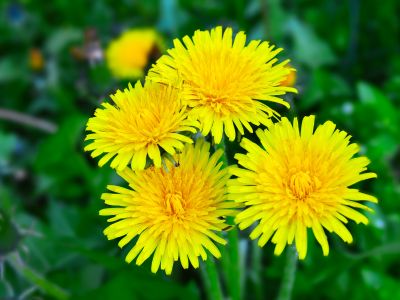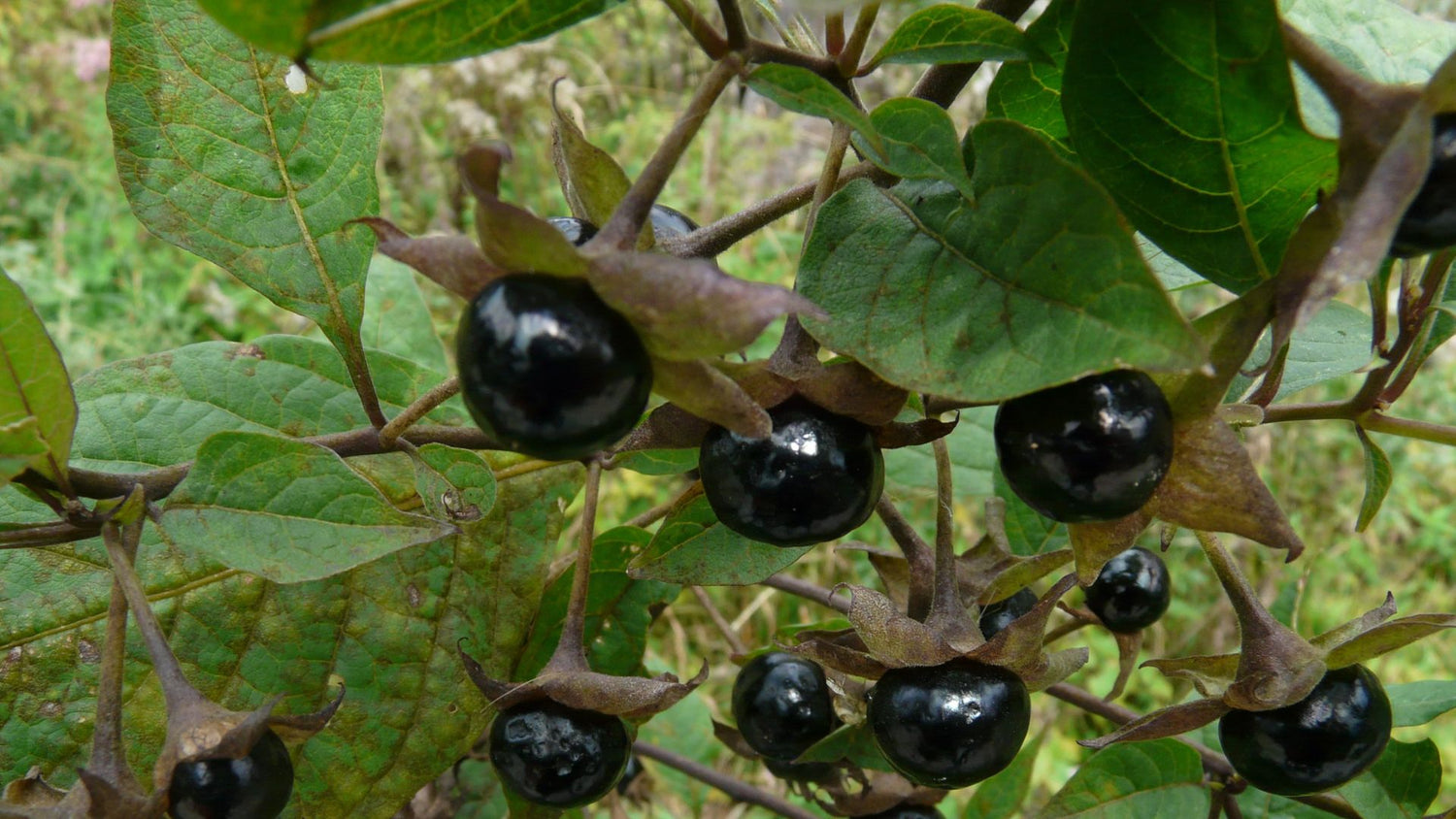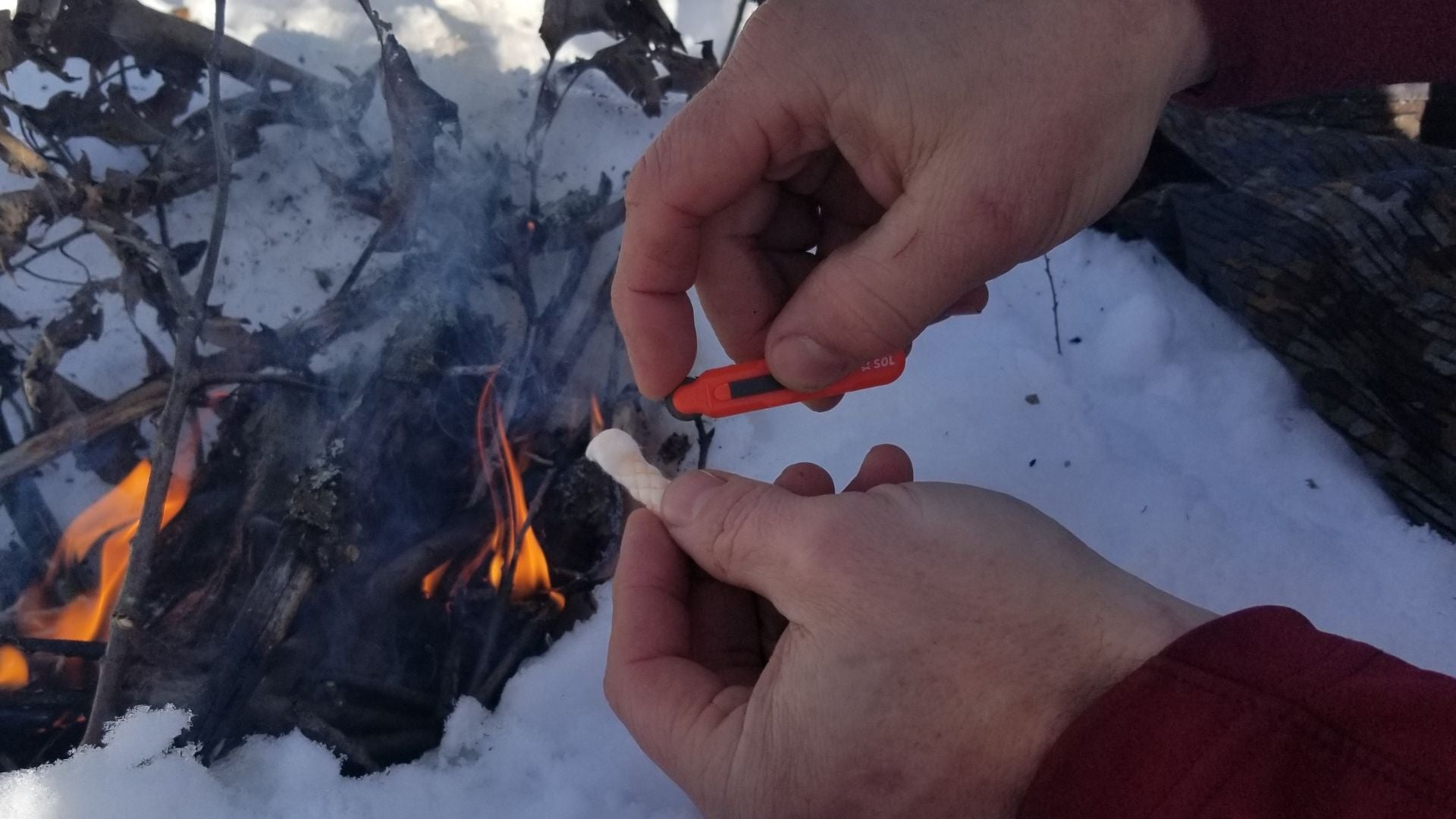Ever wonder what you’d do if you found yourself in the wild without sufficient food and water? To survive, finding water has to be a top priority, but once you’ve found drinkable water, you’ll need to determine what’s safe to eat. We asked Paul Turner, an avid outdoor traveler with experience finding food in the wild, for some tips on identifying edible plants and avoiding poisonous ones. Not only did he send us some amazing information, but some fun recipes to try as well! – Adventure Medical Kits
Finding Food in the Wild
I had a chance to attend a short survival course in Brunei, a country filled with biodiverse rainforest. The course had me breaking a wild chicken’s neck and skinning a frog just to prepare whatever meals we can get in the forest. Of course, there are less gory ways to get food when you’re out in the wilderness.
You can impress your family and friends by finding the edible plants and preparing exotic meals. If not, it’s still a good knowledge to have just in case you’re lost in the forest and have finished your food supplies (I hope this never happens!). It’s important you know what plants are poisonous so you don’t end up harming yourself or your friends.
One bite from the Deathcap Mushroom can bring you to the underworld and it only takes one Belladonna leaf to make you so sick, you may wish you were dead. Additionally, just like some people are allergic to poison ivy while some are not, you may have an allergy or personal health concern that others may not have. For this reason, I urge you to adopt this mantra: If you’re not sure about a plant, don’t pick, cook, or eat it.
Plants that Kill
Doll’s Eyes

Description: White berries taste sweet and act like a sedative, stopping the heart and causing a quick death.
Characteristics: This flower looks scary enough that you wouldn’t want to try it. It looks like a bunch of eyeballs connected with red branches.
Where it grows: Found on the eastern side of US and Canada. The flower blooms from late summer to early fall.
Angel’s Trumpets

Description: This pretty looking but deadly plant can cause heart failure, paralysis, and coma.
Characteristics: Its flowers looks like a bunch of dangling white, yellow, or pink bells.
Where it grows: Originally from South America, it is common now as a home-grown plant.
Strychnine Trees

Description: Bears green to orange fruit so toxic that 30 mg. can trigger convulsions and death.
Characteristics: The funnel-shaped flowers let off a rotten smell, and the orange berries are covered in a smooth and hard shell.
Where it grows: Found in southern Asia, India, Sri Lanka, and Australia.
English Yew

Description: It is safe for birds – they know which parts are poisonous – but just 50g could stop your heart.
Characteristics: These evergreen plants have needles, not leaves. Its berries have a seed sitting inside that is lethal.
Where it grows: Commonly found in churchyards in the UK.
Water Hemlock

Description: They are North America’s most poisonous plant, triggering seizures and death.
Characteristics: The green or white flowers are grouped together, looking like an umbrella.
Where it grows: Commonly found along streams and in wet meadows.
Wolfsbane

Description: Its poison is so virulent, indigenous people tipped their arrows in it when they hunted.
Characteristics: This plant has helmet-shaped flowers that come in white, pale greenish-white, pale greenish-yellow and purplish-blue colors.
Where it grows: Commonly found in the mountains.
Rosary Pea

Description: This climbing vine with red seeds is 75-times more powerful than Ricin.
Characteristics: The plant has a red pea with a black spot at one end that looks like a ladybug.
Where it grows: Commonly found in tropical areas around the world.
Belladonna Berries

Description: 10-to-20 Belladonna berries can kill an adult. It causes hallucinations and severe delirium.
Characteristics: They look similar to other berries but have white or purple flowers that are in the shape of a star.
Where it grows: Tropical areas in the US.
Castor Plant

Description: Their seeds contain Ricin. Eat four, and you’d better have a will.
Characteristics: The plants have fluffy red flowers and star-shaped leaves.
Where it grows: Spread across tropical regions and also commonly homegrown as ornamental plants.
Edible Plants
Salmon Berries

Description: They look like over-sized raspberries that are yellow, orange, or red when ripe.
Characteristics: The easiest way to spot them is to find the bright pink flower on their plants.
How to eat it: Give them a good squeeze to create a refreshing juice. Save a portion, drop in some pectin, and make Salmon Berry Jellies.
Nutrient value: High manganese contents with plenty of Vitamin C and K.
Taste: The taste can vary from bland to sweet.
Where to find it: Found in open forest areas along the Pacific Coast from California to Alaska.
Cattails

Description: They’re very distinct looking with willowy, long stems and fuzzy, elongated heads.
Characteristics: White stem bottoms are delicious eating; use the heads as campfire tinder.
How to eat it: Fry, chop for a salad or show off your campfire baking skills by making prehistoric bread.
Nutrient value: Includes vitamin K, magnesium, fiber, iron, and vitamin B6.
Taste: Cattail eaters say it tastes like bitter cucumber.
Where to find it: Around the circumference of water-based wetlands.
Dandelions

Description: Dandelions grow wild in clusters, covering fields each spring.
Characteristics: Look for bright yellow flowers and willowy stems.
How to eat it: Eat the entire dandelion: roots, leaves, stems, and flowers. Use a cast iron pan to make dandelion greens with garlic.
Nutrient value: Vitamins A and C, plus lots of beta carotene.
Taste: They taste bitter raw, but are delicious when cooked.
Where to find it: Once spring arrives, they’re everywhere!
Lamb’s Quarters

Description: This plant looks nothing like lambs, but it pairs well with chops.
Characteristics: Broad leaves resemble and taste like spinach and are best picked before flowers appear.
How to eat it: Add leaves to your salad or chop up young shoots and add them to stew. Camping with vegans? Make a pot of Chole Saag.
Nutrient value: Packed with protein, vitamin A, calcium, phosphorus, and potassium, but keep your portion size down if you’re prone to kidney stones.
Taste: In the same ballpark as spinach, chard, kale, and collards.
Where to find it: Fields, forests, gardens, and near rivers and streams.
Wild Onions

Description: Resembles chives, ramps, and garlic. Look for scallion-like shoots poking out of the ground. NOTE: Death Camas are wild onion’s dangerous doppelganger. If the plant does not smell like onion, do not eat it.
Characteristics: Wild onions add flavor to foods, and eating them can also reduce blood pressure and lower blood sugar.
How to eat it: Wash and chop for salads, stews, soups, and chili or make this breakfast treat: Cook a cup of washed, peeled, and chopped wild onions in a cup of stock until liquid is absorbed. Stir in 6 eggs, salt, and pepper then scramble.
Nutrient value: Get a big boost of vitamin C, plus other vitamins and minerals.
Taste: Delicious. If you never met an onion you couldn’t eat, wild onions may be the best forest find of all.
Where to find it: Fields and forest floors, especially in cool weather. Always sniff before you pick. If you don’t detect an onion or garlic odor, it’s not an authentic wild onion, so don’t harvest it.
Pine Trees

Description: There are 100+ types of pine trees on Earth – most have edible bark and needles.
Characteristics: Needles grow in clusters, often exclusively at treetops.
How to eat it: You can eat pine nuts, simmer needles in water to make tea, and boil or pan fry white inner bark. NOTE: Don’t consume any part of these pine species: Ponderosa, Lodgepole, Juniper, Monterey Cypress, or Western Yellow.
Nutrient value: Pine is rich in vitamins A and C.
Taste: Bark tastes “pine-like,” but when cooked, it assumes the flavors of recipe ingredients. Try making Crispy Pine Bark by slicing bark into thin chips and frying them.
Where to find it: Pines grow on every continent.
Clover

Description: Found throughout the world, clover is a tiny, vivid green plant that grows in thick clusters.
Characteristics: Clover leaves have distinctive trefoil leaflets, but lucky ones have 4 rather than 3. If you find a 4-leaf clover you may want to save it for luck rather than cook it! Flowers are red or white.
How to eat it: Clover tastes better boiled or sautéed than raw. Eat the young flowers of either color, but not the aging brown ones.
Nutrient value: According to Denmark’s Department of Forage Crops, white clover has more minerals and proteins than grass.
Taste: Clover can taste bitter if eaten raw but if you cook it, it’s delicious. Use the youngest leaves – particularly if you brew clover tea with honey to soothe a sore throat.
Where to find it: Just about every open area that’s covered with grass.
Plantain

Description: This broad-leaf weed grows wild just about everywhere. You can eat the stalks and the leaves. Harvest in the spring for best taste.
Characteristics: Considered by to be one of the 5 healthiest backyard plants on the planet, look for rippled, green leaves, tall stems and flowers. Don’t confuse this weed with the tree that bears banana-like fruit.
How to eat it: Plantain is delicious pan fried in olive oil – especially if leaves are young and tender. If stalks are less than 4 inches high, they’ll be tastier. When preparing, the tough, fibrous stems are at the bottom and tender parts on top.
Nutrient value: Like dandelions, this weed is packed with vitamins and minerals. Place a leaf on a burn, insect bite, or wound if you find yourself in need of first aid.
Taste: Called “the poor-man’s fiddlehead,” plantain tastes like asparagus, though leaves can assume flavorings of other ingredients when cooked.
Where to find it: One plant expert calls this weed “as ubiquitous in the city as broken glass,” but it’s equally prevalent in rural fields and forest floors.
Bloom Where You’re Planted
These 8 specimens of edible plants are just the tip of the iceberg, as there are so many more plants you can pick and eat while camping. I haven’t even touched on the subject of mushrooms! Be careful to correctly identify plants, and you’ll stay safe, enjoy new taste sensations, and become even more comfortable every time you camp.
Sources
Angel Trumpets by Asit K. Ghosh under Creative Commons License
Rosary Pea by Homer Edward Price under Creative Commons License
ABOUT THE AUTHOR Paul Turner
Paul Turner is a certified instructor trained in tying various knots and has conducted high rope courses for kids. He is also the man behind TakeOutdoors.com, which provides insights of camping and gear guides for the outdoor enthusiasts. Follow him on Facebook and Pinterest.













